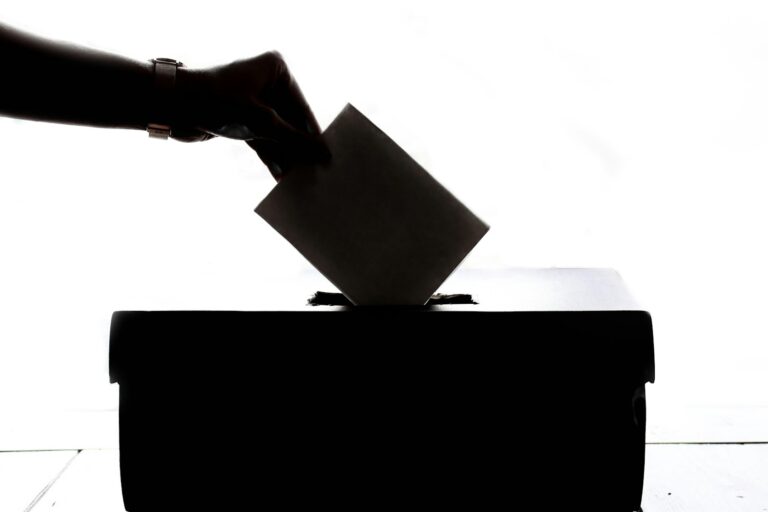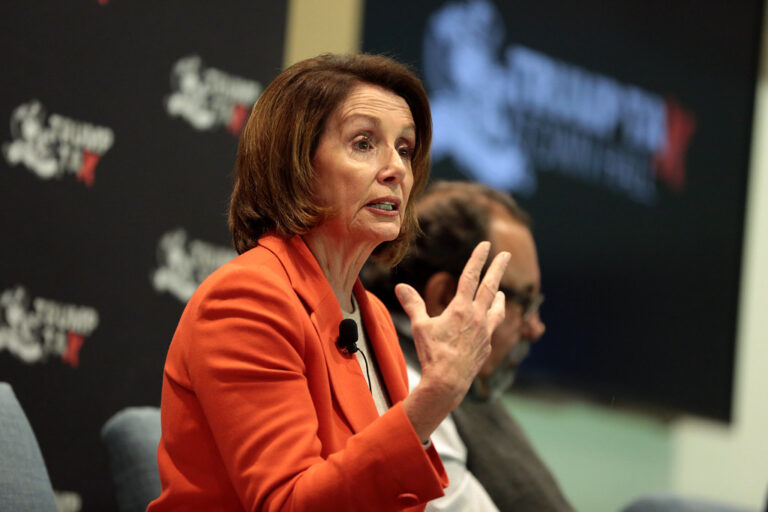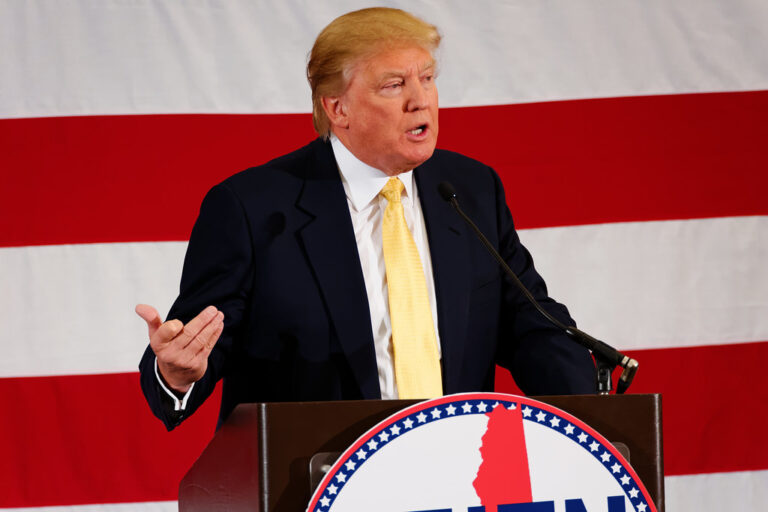Key Takeaways
- Vice President JD Vance called the leaked chat jokes by “kids.”
- Mother Jones found most chat members are adults aged 24 to 35.
- One member is a 27-year-old state senator.
- The discovery undermines Vance’s defense of the remarks.
- The “Hitlergate” chat included racist and pro-Hitler messages.
What is Hitlergate and why it matters
Leaked messages show a Young Republicans group praising Hitler. Some texts even used racist language. Vice President JD Vance asked people not to focus on these messages. He called the participants “kids” making edgy jokes. Yet new research shows they are mostly adults. That detail changes how we view Vance’s defense.
How Hitlergate challenges JD Vance’s claims
Vance argued that the texts were harmless remarks from youth. He said punishment could ruin their lives. However, Mother Jones staff scanned public records and news reports. They discovered eight of the eleven participants are aged 24 to 35. In fact, one member holds a state senate seat at 27. Therefore, calling them kids appears misleading. As a result, Vance’s argument loses credibility.
Who were the adults in the Hitlergate chat
First, one chat member is a 27-year-old state senator from Vermont. Second, others held college diplomas and entry-level jobs. Third, some had civic roles like local party staff or volunteers. Moreover, public records show a range of adult responsibilities. In contrast, true teenagers rarely hold such posts. Thus, the “kids” label does not fit the group.
Why age matters in this controversy
Age affects how people judge accountability. Teenagers often face more lenient views for poor choices. Adults face higher standards and full responsibility under the law. Consequently, labeling the chat members as youth downplays their actions. Also, it shifts blame from the individuals to outside critics. This tactic diverts attention from the real issue: offensive messages praising a dictator.
The politics of calling them “kids”
Politicians often soften scandals by blaming youthful mistakes. In this case, Vance used that strategy. Yet critics point out inconsistency. His party once demanded harsh punishment for respectful remarks toward a slain public figure. Now he urges mercy for praising Hitler. This contrast raises questions about selective outrage. Furthermore, it highlights political double standards.
Public reaction and next steps
Citizens and reporters called out the mismatch between Vance’s words and facts. Many questioned whether adults truly made those remarks. Others asked for formal investigations into hate speech. In response, some party leaders distanced themselves from the chat. Meanwhile, watchdog groups urged clearer guidelines on hate speech. As the debate continues, it may influence upcoming party decisions and policies.
Hitlergate lessons for the wider community
First, authority figures must check facts before defending others. Second, people should not downplay hateful messages as mere jokes. Third, transparency about age and context matters. Finally, consistent standards apply to all, regardless of political ties. Hitlergate shows how careful reading and research can expose misleading claims.
A closer look at how Mother Jones verified ages
The research team used voter registrations, LinkedIn profiles, and media mentions to find ages. They compared names with public documents. When direct age info was unavailable, they used graduation dates and job history. This process painted a clear adult profile for most participants. It proves simple methods can hold power to test bold claims.
Why this matters for free speech and accountability
In a free society, people can share opinions—even extreme ones. Yet praising authoritarian figures crosses into hate speech territory. When public servants defend those comments, it sets a troubling example. Accountability ensures that harm hides in no corner. By rejecting the “just kids” excuse, we demand higher standards for public discourse.
What comes next for JD Vance and the GOP
Political rivals may use this misstep against Vance in future debates. Party leaders face pressure to clarify their stance on hate speech. If they fail, they risk alienating moderate voters. Meanwhile, lawmakers could propose new codes of conduct for political clubs. Ultimately, how this unfolds will shape public trust in leadership.
Final thoughts on Hitlergate’s impact
Hitlergate reminds us that context counts. Labels like “kids” can mislead and minimize harm. Detailed fact-checking cuts through political spin. As citizens, we need to seek out the full story. Only then can we call out wrongdoing and demand fair treatment for everyone.
Frequently Asked Questions
How did Mother Jones determine chat members’ ages?
They matched names with public voter records, professional profiles, and news mentions. When direct birth dates were missing, they estimated ages from graduation years and job histories.
What makes these messages more than harmless jokes?
They praised a known dictator and used racist language. Such content goes beyond edgy humor and falls into hate speech territory.
Why does JD Vance’s “kids” argument matter?
Calling adults “kids” downplays their actions. It shifts blame and weakens calls for accountability in public life.
What broader lessons can we learn from Hitlergate?
Always verify claims before accepting them. Apply consistent standards to all. And hold public figures accountable when they minimize serious misconduct.










